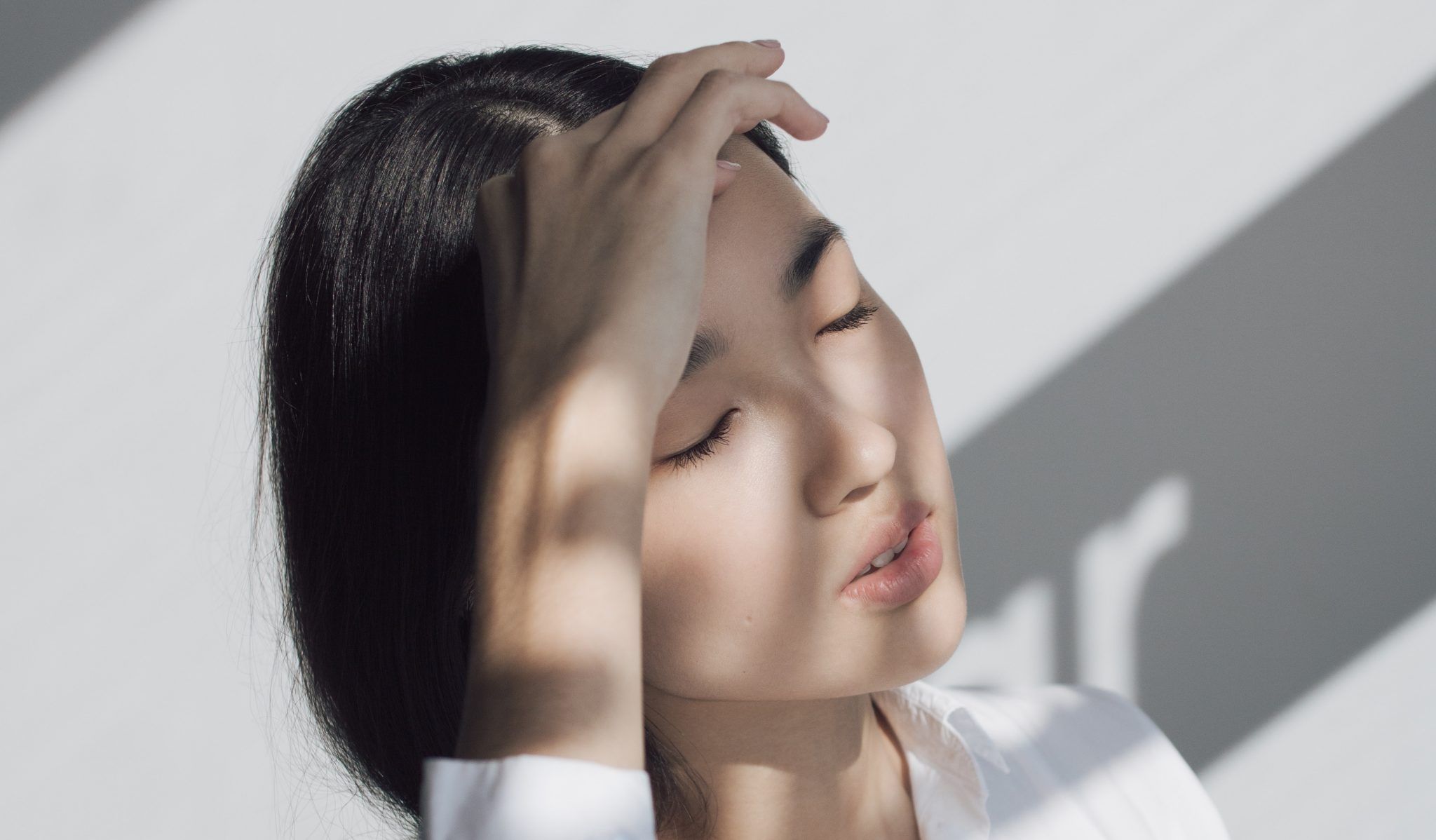Now that mainstream retailers like Walgreens, CVS, and RiteAid are carrying CBD products, us consumers have access to an increasing range of CBD-infused beauty brands. From mascara, to soaps, and even shampoos—these three little letters are popping up everywhere as more and more beauty companies hitch their wagon to the CBD star. Regardless of whether or not they advocate for the whole cannabis plant.
With this CBD craze comes the profits. According to the research arm of investment firm, Cowen & Co., retail sales of CBD products reached as high as $2 billion. They estimate that figure could hit $16 billion in sales by 2025.
But do we know which of these products actually work? Just like any other trendy beauty product, those promoting beauty containing CBD make promises that cannabis can make one look years younger, reduce fine lines and wrinkles, and basically transform anyone into a newer more vibrant version of themselves.
According to cannabis educator Emma Chasen, “CBD may have topical anti-inflammatory benefits. It may also help to modulate the immune response when applied topically i.e. modulating histamine response to speed up healing.”
Also, CBD has been shown to help with skin conditions like eczema, psoriasis, and chronic acne. However, she adds, “There is no known research regarding the stimulation of collagen or anti-aging properties associated with CBD.”
While some people believe that applying CBD to the skin can give calming and sleep-enhancing benefits, CBD does not directly enter the bloodstream in the same manner as if one consumes a CBD product sublingually, for example. Hence, in order to get the full mental health benefits of CBD, it needs to be taken internally.
Assessing the Efficacy of CBD Products
According to Becca Recker, director of communications for Frogsong Farm, “As a rule, CBD products need to contain at least 200 milligrams CBD per ounce, or 10-20mg of CBD per dose.” So for example, if you’re using a mascara, lip balm or foundation containing CBD where one only applies a very small amount of product, the amount of CBD contained in each application may not have any noticeable effects. Chasen recommends those trying CBD for the first time start out with a 10-15mg dose. Then increase the dosage slowly until the desired effects are achieved.
Both Recker and Chasen suggest that the consumers look for the following information on the label. If this information cannot be discerned on the label, then reach out to the manufacturer with any additional questions before purchasing the product.
- Where was this cannabis grown? Is it single-source from a specific farm, or at least a specific state? Also, was the hemp grown using organic and sustainable means?
- How was the CBD extracted (CO2, ethanol, or industrial solvents?) Steer clear of anything using industrial solvents as those products will have adverse effects on the body.
- Is this CBD isolate or full spectrum? Recker says that if the product is odorless, it is almost certainly CBD isolate, the efficacy has been disputed. Full spectrum CBD is made from the whole plant, so while it may be more expensive, it will also provide more of the therapeutic benefits found in CBD.
- What’s the potency? Any reputable company will be able to provide the CoA's (lab results) for the products they carry.
- What other ingredients are present in this product?
Also, be suspect if the product does not explicit state on the label how much CBD is in the product. If it just says hemp oil or hemp extract, then there’s no way to ascertain how much actual CBD the product contains.
Along those lines, some products that are advertised as “CBD” actually just contain hemp seed oil. While hemp seed oil has beneficial properties similar to other oils used on the skin like Argan oil, it does not offer the array of therapeutic benefits one can get by using products that contain full spectrum CBD.
CBD Beauty Products That Aren’t Worth the Bucks
As Recker observes, “Any product that stays on the skin will have more benefits than something washed off.” Shampoos, soaps, body wash, and anything else that washes off is akin to pouring CBD—and money—down the drain.
Conversely, face creams and other cosmetics that stay on the skin allow for the CBD to work topically. The only CBD beauty product Recker notes she would take seriously would be a skin cream that has at least 15mg full spectrum CBD per dose.
Another option for those looking to add CBD products to their beauty regime is to purchase a CBD balm, oil, or cream and then work it into one’s beauty routine. For example, after applying a body moisturizer to the entire body, then rub in a CBD product on those areas where one wishes to reduce pain or inflammation. The key is finding legitimate, highly-vetted CBD products and experimenting with what works for you.






